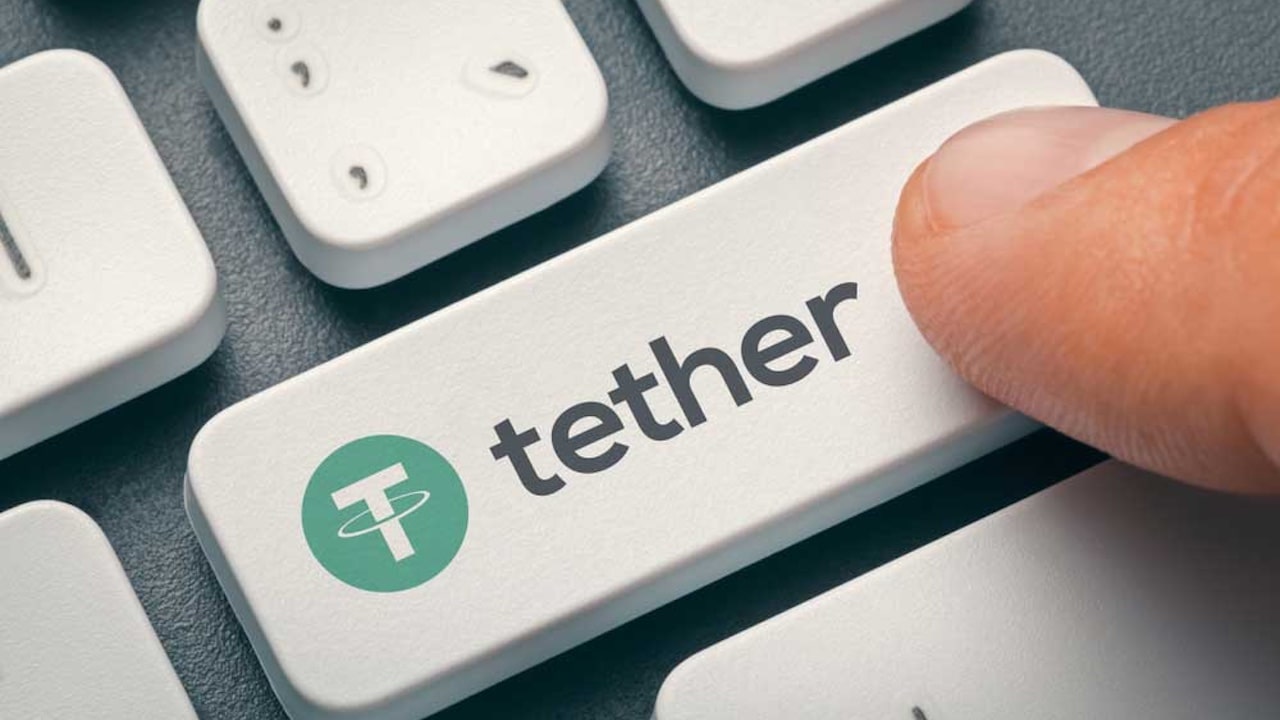Tether announced that the Thailand Securities and Exchange Commission (SEC) has approved USDT, its stablecoin, as a cryptocurrency.
“The regulator’s recognition of USD₮ as an approved cryptocurrency marks a pivotal moment in the evolution of digital assets in the region and represents a major step toward clarifying and enhancing Thailand’s regulatory framework,” Tether said in a press release on Monday.
According to Tether, the approval enables USDT to be traded within Thailand, facilitates its listing on regulated exchanges, and allows it to be used for payments.
Regulatory Adjustments
The latest decision aligns with Thailand’s updated digital asset regulations, which will take effect on March 16, 2025. The revised rules aim to reduce overly restrictive barriers for businesses operating in the crypto space, such as exchanges, custodians, and token issuers. The rules were finalized in February 2025 after a public consultation that garnered widespread industry support.
Previously, only Bitcoin (BTC), Ethereum (ETH), XRP, Stellar (XLM), and specific tokens tied to the Bank of Thailand’s settlement system were permitted for trading on regulated platforms in the country. USDC, the world’s second-largest stablecoin after USDT, was added today.
The latest approval opens up one of Asia’s largest markets to Tether, potentially boosting its adoption and use in the region. Thailand ranks among the top 20 globally for crypto adoption, with USDT reportedly accounting for around 40% of the country’s crypto trading volume.
“We are committed to supporting the long-term success and adoption of stablecoins in Thailand and look forward to contributing to the growth of the country’s digital asset ecosystem by fostering a strong and sustainable stablecoin infrastructure,” Paolo Ardoino commented.
USDT Faces Backlash in Europe
This approval comes amid varying regulatory approaches worldwide. While Thailand embraces USDT, other regions like the European Union have imposed stricter rules on the stablecoin. Exchanges like Binance, Kraken, and Crypto.com are planning to delist the stablecoin due to non-compliance with the EU’s Markets in Crypto-Assets (MiCA) framework.
As of this writing, it remains uncertain when and if the stablecoin issuer will re-enter the European market.
